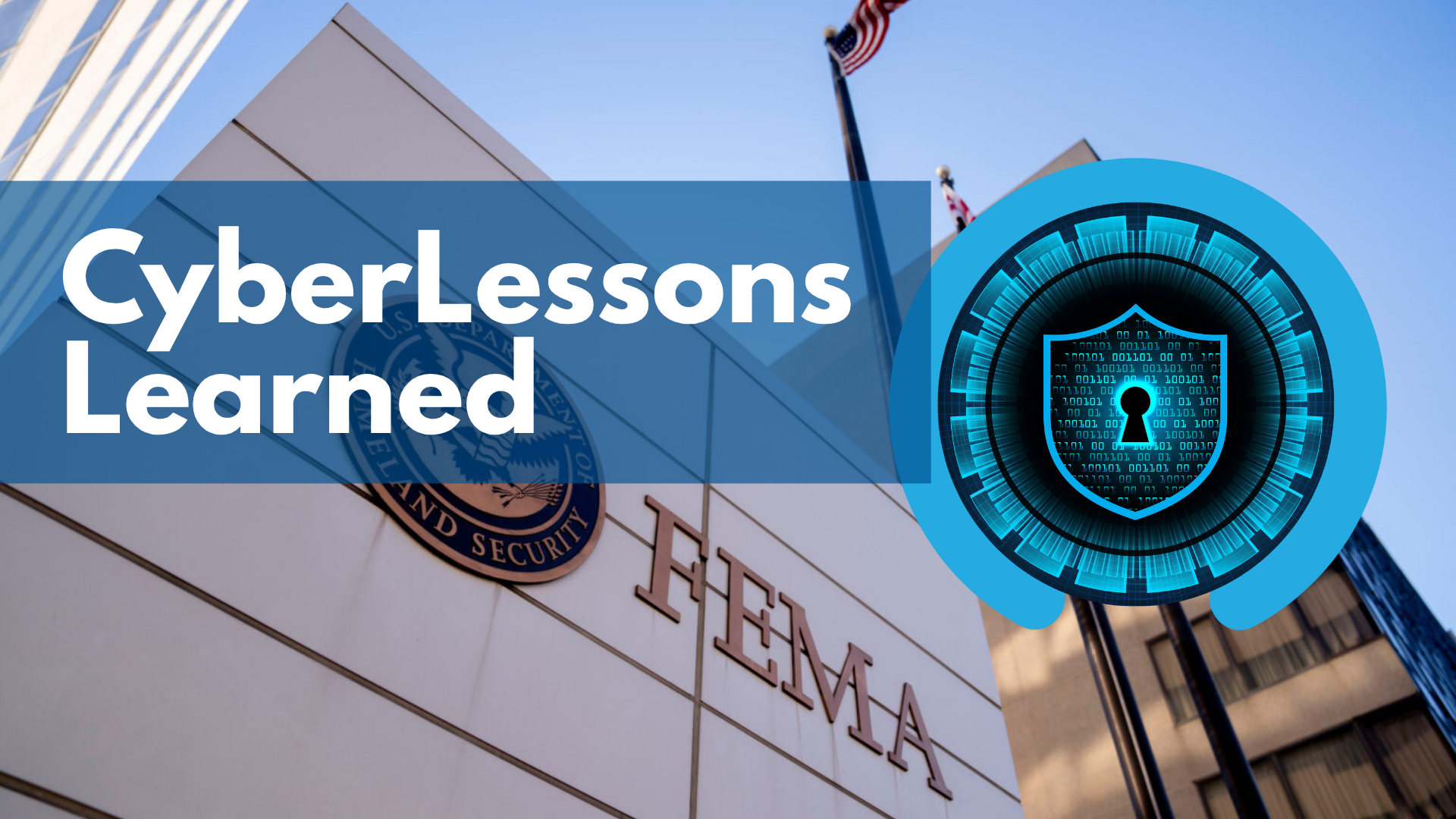Lessons Learned from the FEMA/CBP Breach
TraitWare: Phishing-Resistant, Passwordless MFA for Government Systems
October is Cybersecurity Awareness Month, a time to reflect on recent breaches and the lessons they teach us.
Just this June, FEMA and CBP suffered a major compromise when attackers exploited stolen login credentials to access FEMA’s Citrix Virtual Desktop Infrastructure.
The fallout was severe:
- Sensitive DHS data was exfiltrated
- Operations were disrupted
- More than two dozen FEMA IT staff were dismissed
The Root Problem? Passwords.
👉 85% of cyberattacks exploit stolen or phished credentials
👉 $10.5 trillion — the projected annual global cost of cybercrime by 2025
Why TraitWare?
TraitWare eliminates the very problem exploited in the FEMA/CBP attack — passwords.
- Citrix-Ready Partner — We secure the same systems hackers targeted
- No Passwords. Ever. — Removes credential theft risk from onboarding through recovery
- Patented Technology — 10 U.S. patents cover our trait-based, device-bound MFA
- Phishing-Resistant — Meets and exceeds CISA’s gold standard for strong authentication
- Proven & Scalable — Deployed across industries, ready for federal environments
How It Works
- Device-Bound Authentication: Keys tied to each user’s authorized device
- Trait-Based Factors: Biometrics, behavior, and device signals ensure 1-in-300B uniqueness
- No Shareable Secrets: Nothing to phish, steal, or reuse
- Seamless UX: Fast login, reduced IT support overhead
Strategic Impact for Government Systems
- Prevents the kind of credential misuse seen in FEMA/CBP
- Secures VDI, cloud, and legacy apps without friction
- Reduces cyber insurance and compliance risks
- Strengthens supply-chain resilience for critical infrastructure
🚨 Cybersecurity Awareness Month is a reminder: Passwords are no longer just inconvenient — they’re a national security liability.
TraitWare is ready to:
- Launch pilot programs across DHS and other high-risk agencies
- Provide technical briefings for cybersecurity leaders
- Deliver immediate protection against credential-based threats
